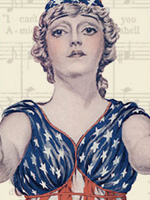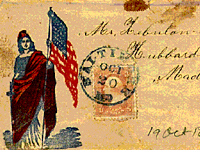Arlington Historical Museum [VA]
The Arlington Historical Museum is located in the historic Hume School Building, which was built in 1891 and became the Arlington Historical Museum in the early 1960s. The site is located close to the Pentagon and Crystal City metro stations. The museum is focused on preserving and showcasing the history of Arlington and Arlington County. Visitors can view a wide variety of historic photographs and pictures, as well as marvel at the beautiful turn-of-the-century architecture of the Hume Schoolhouse.
The site offers visitor information about the museum. In addition, the site is part of the Arlington Historical Society website, and thus provides information on all resources offered by the historical society, including historic house museums and publications.




